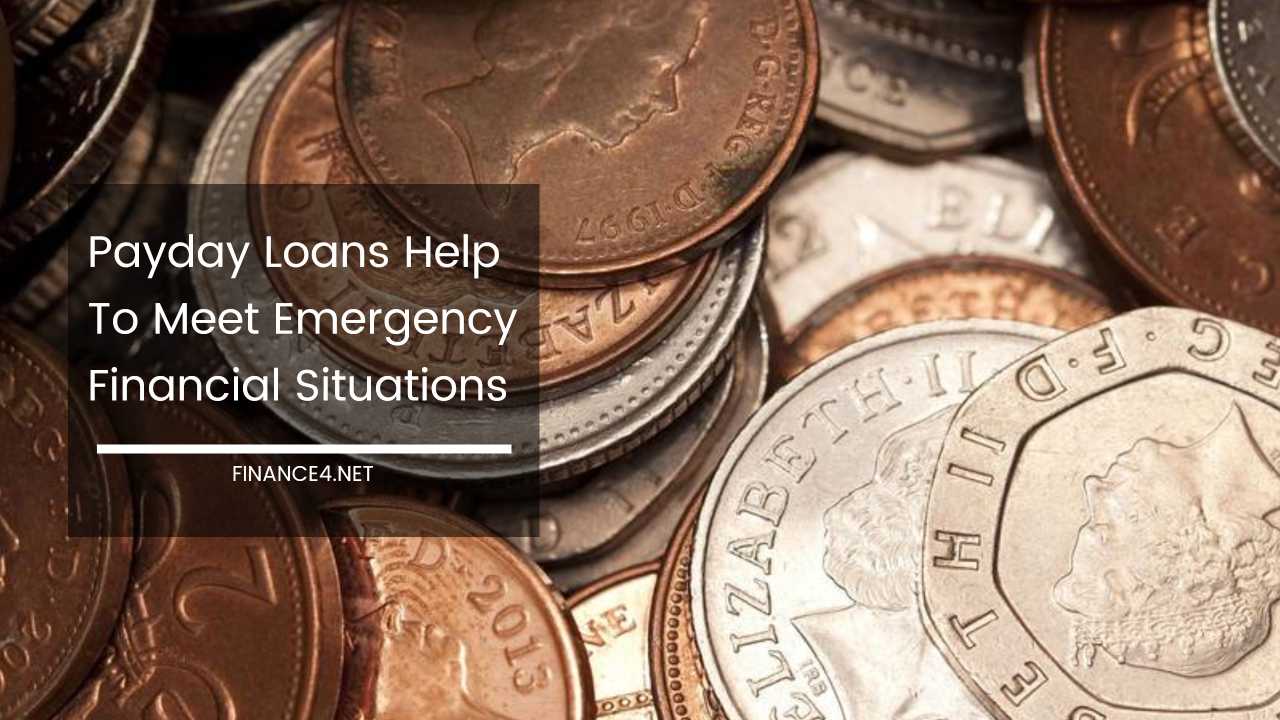Payday Loans Explained: Costs, Risks & How to Borrow Responsibly

Payday Loans: A Two-Sided Coin in Navigating Financial Emergencies
Financial emergencies are a harsh reality of life. Unexpected car repairs, medical bills, or disruptions in income can throw your budget off track. Payday loans often appear as a tempting solution, offering quick access to cash.
However, it’s crucial to understand both the potential benefits and the significant drawbacks before resorting to this type of loan.
Delving Deeper into Payday Loans
Characteristics: Payday loans are short-term, unsecured loans, meaning they are not backed by collateral like a car or house. This makes them riskier for lenders, and they compensate by charging high-interest rates and fees.
The loan amount typically ranges from $100 to $1,000 and is designed to be repaid with your next paycheck, usually within two to four weeks.
The Allure of Payday Loans:
- Fast and Easy Access: Payday loans are often advertised as a quick and convenient way to get cash. The application process can be completed online or in-store within minutes, and approval is often swift.
- No Credit Check: Unlike traditional loans, payday lenders typically don’t perform a credit check. This can be appealing for individuals with bad credit or limited credit history.
The Downside of Payday Loans
- High Costs: The biggest drawback of payday loans is their high cost. Interest rates can reach 400% APR or more, significantly inflating the repayment amount. Additionally, lenders often charge origination fees, late fees, and other charges that add to the overall cost.
- Debt Trap: The short repayment term coupled with high costs can easily trap borrowers in a cycle of debt. If you cannot repay the loan in full by your next payday, you might be forced to take out another loan to cover the first one, leading to accumulating fees and interest.
- Potential for Bank Account Issues: Some payday lenders require a post-dated check for the loan amount and fees. If you don’t have sufficient funds in your account on the due date, you could face overdraft charges and potential damage to your banking relationship.
Responsible Borrowing Practices
If, after considering all alternatives, you decide to proceed with a payday loan, here are some crucial steps to minimize the risks:
- Exhaust All Alternatives: Before turning to payday loans, explore all other options. Can you negotiate a payment extension with a creditor? Are there any local assistance programs that can offer financial aid or resources? Consider pawning valuables or a small personal loan from a credit union with potentially lower interest rates.
- Borrow Only What You Can Repay: Only borrow the amount you are absolutely certain you can repay in full by your next payday. Don’t take out more than one payday loan at a time to avoid falling deeper into debt.
- Shop Around and Compare: Don’t settle for the first lender you encounter. Compare interest rates, fees, and loan terms from multiple lenders to find the most favorable offer.
- Understand the True Cost: Look beyond the advertised loan amount and delve into the Annual Percentage Rate (APR). The APR reflects the total cost of borrowing, including interest and fees. This will give you a clearer picture of the loan’s true cost.
- Create a Repayment Plan: Develop a concrete plan to repay the loan in full by the due date. Allocate a portion of your income specifically for this purpose to avoid defaulting on the loan.
Potential Alternatives to Payday Loans
Consider these alternatives before resorting to payday loans:
- Negotiate with Creditors: Explain your financial hardship to creditors and see if they are willing to offer a payment extension or plan with lower monthly payments.
- Cash Advance on Credit Card: While credit card cash advances come with high-interest rates as well, you might have a longer repayment period compared to payday loans. However, be mindful of exceeding your credit limit and the potential impact on your credit score.
- Peer-to-Peer Lending Platforms: These online platforms connect borrowers with lenders, and interest rates might be lower than payday loans. However, qualification requirements might be stricter, and you might not be guaranteed a loan.
- Local Assistance Programs: Many non-profit organizations or government agencies offer emergency financial assistance or connect you with resources like budgeting workshops or debt management counseling.
Building Financial Resilience
Payday loans can be a temporary solution, but they should not be a long-term financial strategy. Here are some steps to build financial resilience and avoid relying on payday loans in the future:
- Emergency Fund: Create an emergency fund to cover unexpected expenses. Aim to save 3-6 months of living expenses to address financial emergencies without resorting to high-cost loans.
- Budgeting and Tracking Expenses: Develop a realistic budget that tracks your income and expenses. Identify areas where you can cut back on unnecessary spending and allocate funds towards savings. There are numerous budgeting apps and tools available to simplify this process.
- Debt Management: If you are struggling with existing debt, consider debt consolidation or credit counseling services. These can help you develop a manageable repayment plan and potentially lower your interest rates.
- Increase Income: Explore ways to increase your income, whether through a side hustle, freelance work, or negotiating a raise at your current job. Having additional income streams can provide a buffer for unexpected expenses.
The Role of Regulation and Consumer Protection
The high cost and potential for abuse associated with payday loans have led to increased calls for stricter regulations. Some states have implemented limitations on interest rates and fees that payday lenders can charge.
It’s important for borrowers to be aware of the regulations in their state and to avoid lenders who operate outside legal boundaries.
Final Thoughts
Payday loans can be a double-edged sword. While they offer quick access to cash in times of need, the high costs and potential for debt traps can outweigh the benefits.
Carefully evaluate your situation, explore all available alternatives, and borrow responsibly if absolutely necessary. Building financial resilience through budgeting, saving, and responsible debt management can help you weather financial storms without resorting to payday loans.
Remember, there are resources available to help you manage your finances. Consider seeking guidance from a credit counselor or financial advisor to develop a personalized plan for financial stability.



